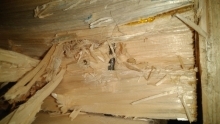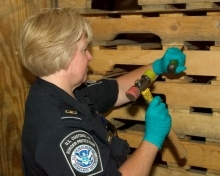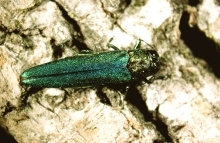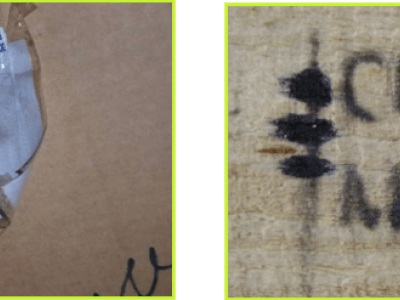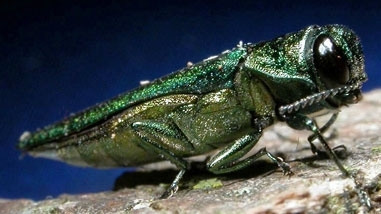Wood Packaging Material
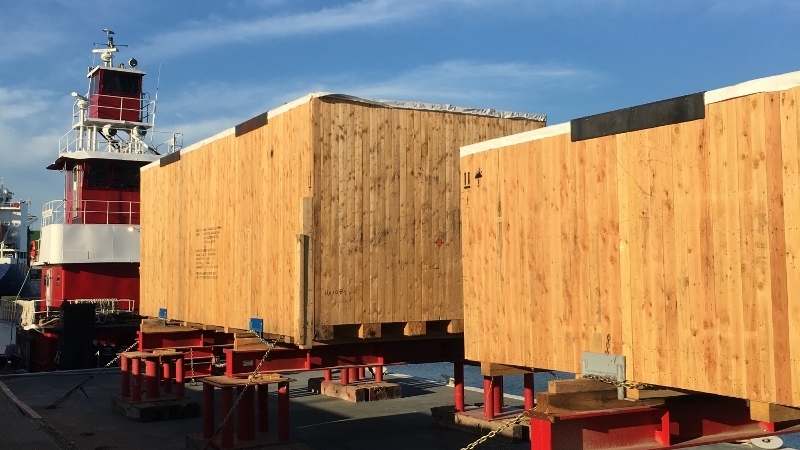
Regulated wood packaging material (WPM) used to support, protect, or carry cargo into the United States must be treated and certified per International Standards for Phytosanitary Measures No. 15 (ISPM 15). We use the same standard for exports to ensure WPM meets importing countries’ requirements. These standards help prevent the spread of harmful, wood-boring pests and facilitate safe international trade.
This page offers guidance and resources for meeting these standards.
View ISPM 15
I Want To...
As a U.S. importer or broker, find out what's regulated as WPM, how to source ISPM 15-compliant WPM, and what to do if you receive an Emergency Action Notification. This page also includes training videos and other resources for WPM manufacturers outside of the United States.
As a U.S. exporter or warehouse, find information on ISPM 15 standards, accreditation, and which countries require WPM to be compliant.
Resources
Signs of Noncompliant or Risky WPM

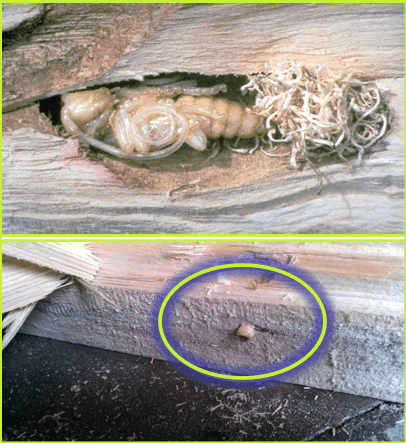
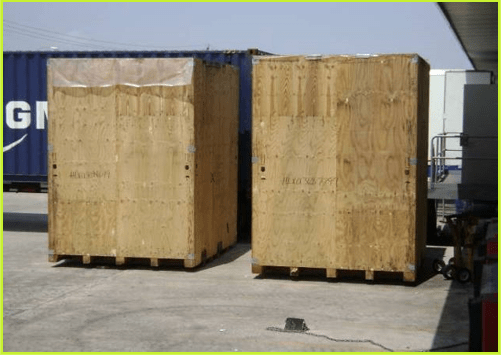
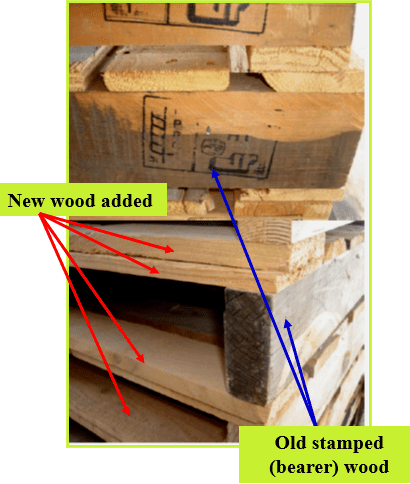
Inappropriately marked. The stamp on the WPM is illegible or does not comply with the standard. In the left photo, the mark is not stamped on the lumber; in the right, there is no border around the stamp and the logo is incorrect.
Infested with pests. As well as pests, inspectors may find feeding damage, trails, exit holes, and frass (insect excrement that looks like sawdust). These are all signs of infestation in WPM.
Unmarked. There is no visible stamp on the WPM.
Mix of new wood and old wood. New WPM is fresh/green cut, sap-visible wood with higher pest probability. Old WPM has very low moisture content, is reused, shows visual damage, and has a lower pest risk. Mixed WPM has characteristics of both new and old WPM.
Inspection Process Videos
The following is a series of training videos for CBP inspectors on the WPM inspection process:
Alternatives to WPM
Importers may consider using alternatives to WPM. The following products are not subject to APHIS regulation:
- Plywood or pressboard
- Plastic pallets
- Oriented strand board
- Hardboard
- Parallel strand lumber
- Synthetic foam
- Metal frames
- Inflated dunnage
- Masonite veneer
- Laminated veneer lumber
Pests of Concern
Here are some of the harmful, wood-boring pests that can hide in untreated WPM. Learn more about them and help us keep them out of the United States.
Webinars
Have a question about importing plants or plant products?
Visit Our Trade Contacts Directory



